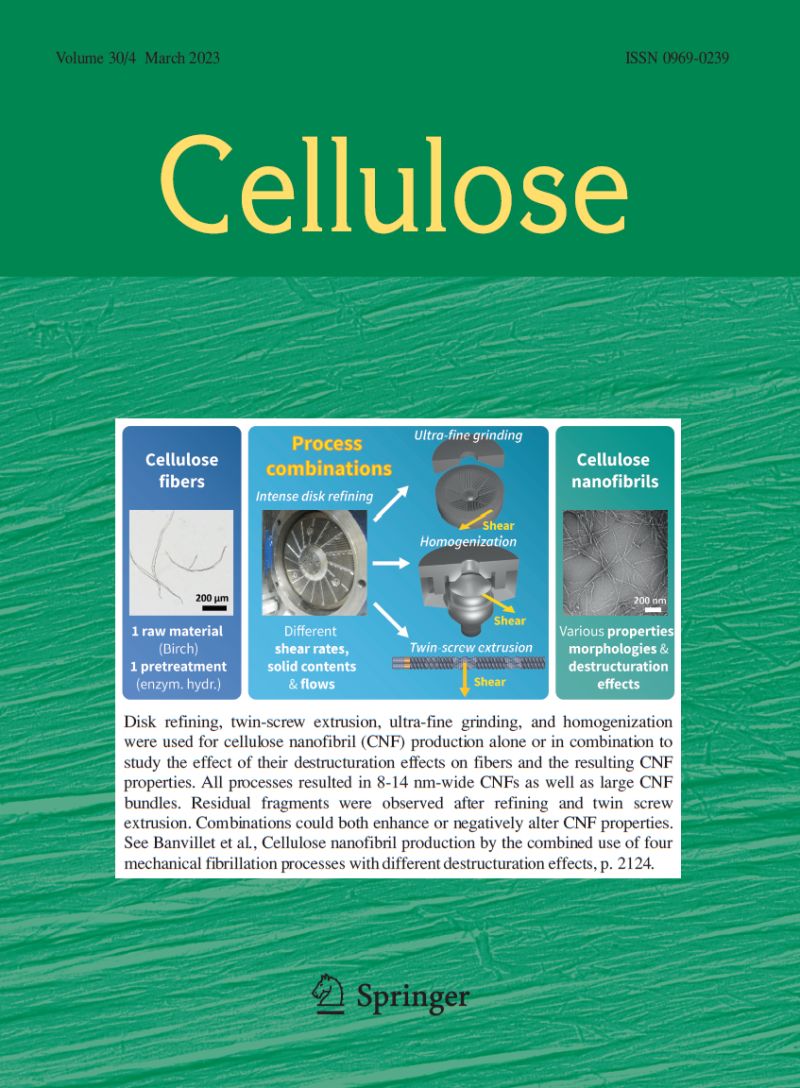Low-cost preparation of photocatalytic hydrolyzed cellulose composites, activated with one-step synthesized graphene oxide-metal oxide for dye degradation
Abstract
In this study, a graphene oxide-metal oxide photocatalyst (GO-Mox) was prepared via a low-cost single-step carbonization process. The photocatalyst was mixed with hydrolyzed cellulose (Phc, derived from textile waste)-PVDF to obtain photocatalytic polymeric composites via nonsolvent-induced phase separation in dimethyl formamide (DMAc). The physicochemical and structural properties of the powder and composites were characterized by X-ray diffraction, scanning electron microscopy and Fourier transform infrared spectroscopy. Photoluminescence analysis and contact angle measurements were carried out. The photocatalytic properties of the composites were evaluated against the model pollutant methyl orange in the presence of air and H2O2 in batch systems. The highest decolorization and the removal capacity of kinetic calculations at equilibrium were 91.8% and 383 mg g−1 with Phc-30 respectively. The usability of composites as membrane materials was tested in the filtration cell. The flux and rejection percentage of Phc-20 were found as 42 L m−2 h−1 bar−1 and 73%, respectively. The Phc composites were found to be highly reusable and suitable as membrane materials with considerable dye removal performance and easy applicability.

 求助内容:
求助内容: 应助结果提醒方式:
应助结果提醒方式:


